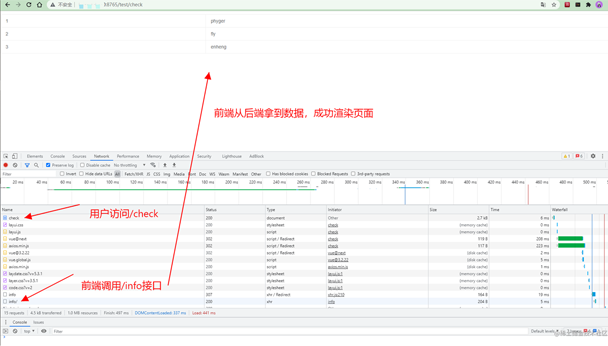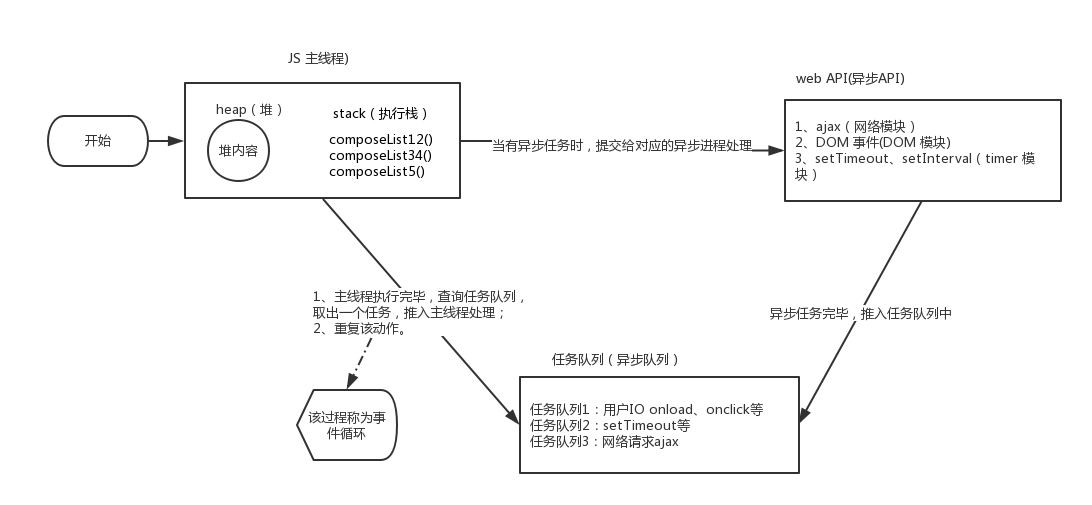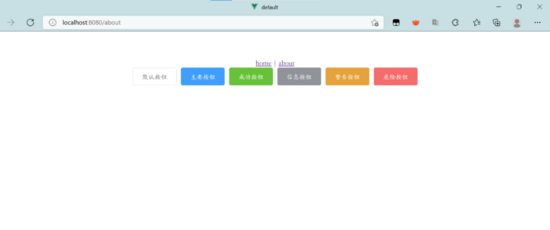目录
- 前言
- 项目设计
- 后端
- 前端
- 运行项目
- Q&A
前言
在前面的Api开发中,我们使用FastApi已经可以很好的实现。但是实际使用中,我们通常建议前后端项目分离。今天我们就使用FastApi+Vue+LayUI做一个前后端分离的Demo。
项目设计
后端
后端我们采用FastApi在新的test视图中,定义一个路由,并将其注册到app中,并且在test视图中定义一个接口,实现模拟从数据库读取数据供前端调用渲染。
代码
test.py
from fastapi import FastAPI,Depends,Header,HTTPException,APIRouter
from fastapi.param_functions import Body
from starlette.requests import Request
from starlette.templating import Jinja2Templates
from starlette import status
import uvicorn
from deta import Deta
from fastapi.responses import StreamingResponse
from fastapi.responses import JSONResponse
# 实例化路由器
router = APIRouter()
templates = Jinja2Templates('templates')
# 注意,视图这里使用router来声明请求方式&URI
@router.get('/info')
def user_list():
# vue的响应数据
items = [
{'id':'1','name':'phyger'},
{'id':'2','name':'fly'},
{'id':'3','name':'enheng'},
]
return JSONResponse(content=items)
@router.get('/')
def welcome():
return "这里是测试路由"
'''
实际上,这里的home.html也是需要前端服务去向用户渲染的,
但是我们为了方便演示,未启动前端服务器,直接将前端代码写在了home.html中,
实际上,当用户请求/check的时候,前端代码会去请求/info接口获取数据,
从而实现前端页面的数据渲染。
'''
@router.get('/check')
def home(request:Request):
return templates.TemplateResponse(name='home.html',context={'request':request,})
前端
前端我们直接导入Vue、LayUI、Axios的JS和CSS的CDN资源,在Vue实例的mount阶段,使用axios调用后端接口拿到数据,使用LayUI的样式对table元素进行美化。
代码
<!DOCTYPE html>
<html lang="en">
<head>
<meta charset="UTF-8">
<meta http-equiv="X-UA-Compatible" content="IE=edge">
<meta name="viewport" content="width=device-width, initial-scale=1.0">
<script src="https://unpkg.com/vue@next"></script>
<script src="https://unpkg.com/axios/dist/axios.min.js"></script>
<!-- 引入 layui.css -->
<link rel="stylesheet" href="https://www.layuicdn.com/layui/css/layui.css" rel="external nofollow" rel="external nofollow" />
<!-- 引入 layui.js -->
<script src="https://www.layuicdn.com/layui/layui.js" type="text/javascript" charset="utf-8"></script>
<title>Home</title>
</head>
<body>
<div id="app">
<table class="layui-table">
<tr v-for="p in infos">
<td>[[ p.id ]]</td>
<td>[[ p.name ]]</td>
</tr>
</table>
</div>
<table id="test" class="layui-table"></table>
<script type="text/javascript">
const Vapp = Vue.createApp({
data() {
return {
infos: [{id:1,name:'phyger'}],
info: "hello vue..."
}
},
mounted() {
this.showinfo();
},
methods: {
showinfo(){
axios.get('/test/info')
.then(response=>{
this.infos=response.data;
console.log(response);
console.log(this.infos);
})
,err=>{
console.log(err);
};
},
},
})
Vapp.config.compilerOptions.delimiters = ['[[', ']]']
Vapp.mount('#app')
</script>
</body>
</html>
运行项目
启动 FastApi 后端服务器,访问 /test/check 接口。

Q&A
Q:为什么在请求/info 接口总会出现一个 Temporary Redirect 重定向呢?

A:原因是因为我们在 FastApi 接口定义的时候,uri 的格式不规范导致,uri 的结尾不需要/,如果你接口增加了/,我们使用浏览器访问 uri,浏览器会忽略结尾的/,FastApi 会在内部进行查重定向,将浏览器不带/的请求重定向到我们定义的带/的视图函数上。
到此这篇关于FastApi+Vue+LayUI实现前后端分离的示例代码的文章就介绍到这了,更多相关FastApi+Vue+LayUI 前后端分离内容请搜索NICE源码以前的文章或继续浏览下面的相关文章希望大家以后多多支持NICE源码!










